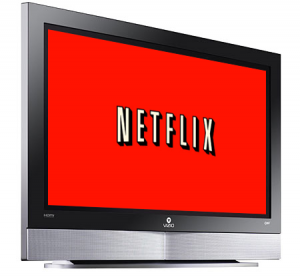 2012/06/20 – Low cost and viewing flexibility give Netflix an advantage over pay-TV VoD and premium broadcast TV, according to a study from Parks Associates. ‘Choosing Content: Viewing Video’ found Netflix Watch Instantly rates higher in customer satisfaction than premium broadcast TV because of these factors. Netflix also topped pay-TV VoD in terms of cost.
2012/06/20 – Low cost and viewing flexibility give Netflix an advantage over pay-TV VoD and premium broadcast TV, according to a study from Parks Associates. ‘Choosing Content: Viewing Video’ found Netflix Watch Instantly rates higher in customer satisfaction than premium broadcast TV because of these factors. Netflix also topped pay-TV VoD in terms of cost.
“Consumers can pay for a month of Netflix for about the same amount as for two pay-TV VoD movies,” said Brett Sappington, Director, Research, Parks Associates. “Parks Associates research shows consumers know the quality of the OTT service is not comparable to pay-TV quality, but the cost-benefit comparison is enough to affect their purchase decisions.”
http://advanced-television.com/index.php/2012/06/20/study-netflix-does-cannibalize-pay-vod/
